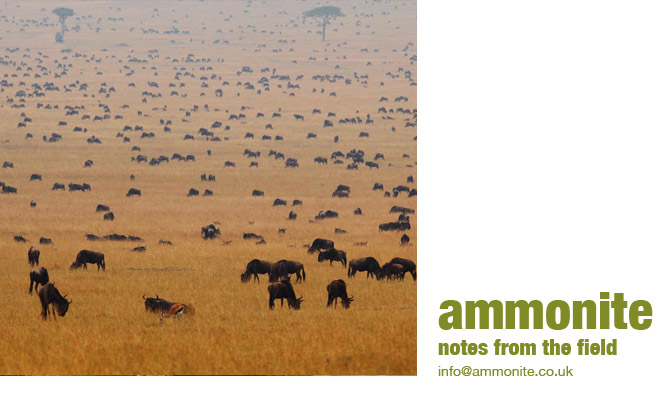(Well there are at least 101 reasons but there isn't space to list them all.)
Timelapse photography has become much more common recently, owing mainly to the arrival of digital still cameras which offer a relatively cheap and simple way of recording events and processes invisible to the naked eye. But it’s one of those ‘minute to learn, lifetime to master’ things. Here’s a small selection of what has gone wrong in the past and what will definitely happen again to those unable to connect with their inner Zen.
1, What looked to be interesting sped up is in fact really boring - a very common fault - hopefully you’ll learn from that experience
2, A shot which started off in a really interesting way soon fizzled out and became very dull - you should have been there earlier
3, Lens cap - it has happened
4, Forgetting to turn the camera on - yep that’s happened too.
5, Rain on the lens - at least it shows you’re taking it to the limit.
6, Not winding up the (clockwork) camera before starting - up til very recently, clockwork Bolex cameras were used for timelapse photography.
7, Forgetting to format the CF card - a modern affliction that plagues users of digital still cameras for timelapse
8, Too few frames - always think of a number and double it
9, Impossibly variable exposure - you can be lucky with auto exposure - but usually not.
10, Leaving the camera on autofocus - another modern curse - it creates an interesting but more or less useless wobble board effect.
11, Using auto exposure - arthouse maybe, but often pretty hard to watch.
12, Running out of battery - either the timer, the camera, or any motion conrol devices could stop at any time.
13, Passers by stopping in front of the camera and having a good old look down the lens -
14, Sombody setting up a tripod in front of your timelapse to take photos of whatever you are taking photos of.
15, Monkeys pulling wires out.
16, Plants which should be blossoming, wilting in shot.
17, Plants which should be growing through the middle of the frame managing to grow neatly around the border.
18, Turning the camera off too soon - be patient - make sure it’s over.
19, Drooping camera - this has created some potentially interesting but mostly quite dull movies of the ground
20, Focus - almost all lenses have a depth of field scale on the top - try it.
21, Camera falling off front of car - what can I say?
22, Condensation - clear starry nights usually mist up the lens just as it’s getting good - a difficult problem to solve.
23, Missed frames - very hard to cure- make sure the camera is actually doing what you think it is.
24, Food, insects and other objects on the lens - always worth a check before you press go.
25, Hot air balloon rotating - don’t bother trying timelapse from a hot air balloon.
26, Camera shadow - the sun moves, so does the camera shadow - more than likely into your shot.
etc etc
OK I’ll admit to at least a few of these errors over the last few days while trying to capture the incredible storms that have been marching over the Mara from the East. The drought is over, the black cotton soil is eyeing up its first unwary car victims of the season - and we have just a couple of days left before returning home.







